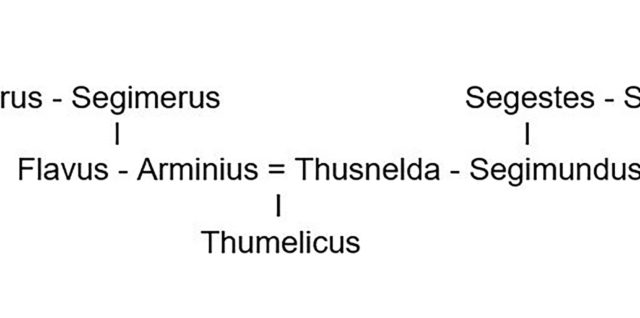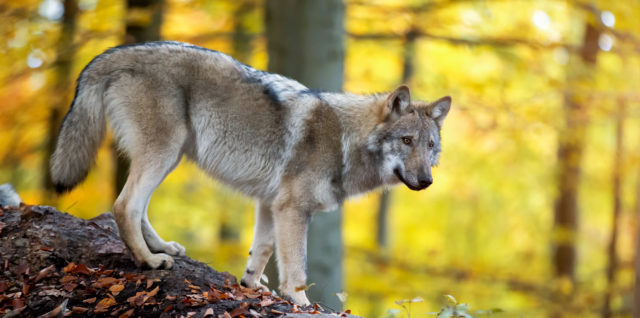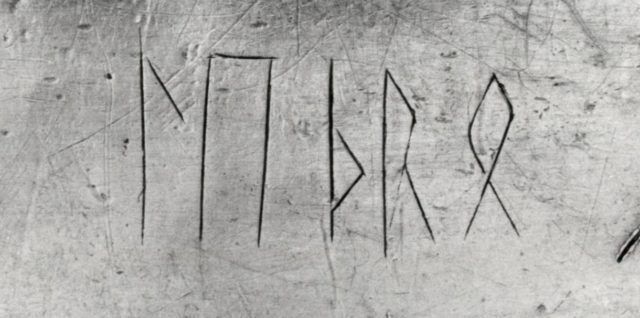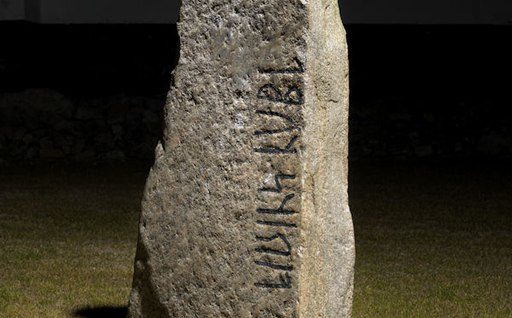Hariwulfaz/Hariulf/Hærulf – a trendy name in the 5th-11th centuries
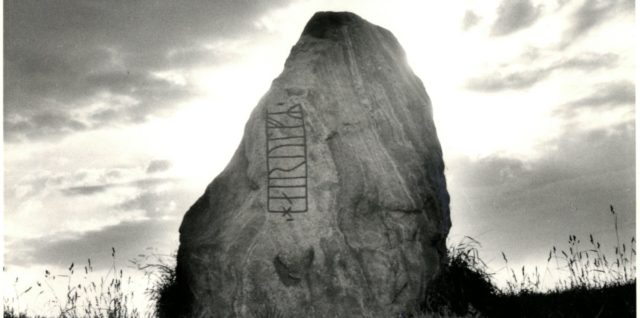
In an earlier post, I wrote about the fascination of the wolf in the Iron and Viking Ages and how this comes through in names. The tradition of combining wolf-elements with battle related words in personal names date back far earlier than the Late Iron and Viking Age. One compound name in particular is found in several examples over a long period of time in many parts of the Germanic speaking areas. And I thought I would share this little curiosity here. First, on the three 7th c. Blekinge stones discussed in the first post on wolves, one of the Continue reading Hariwulfaz/Hariulf/Hærulf – a trendy name in the 5th-11th centuries

